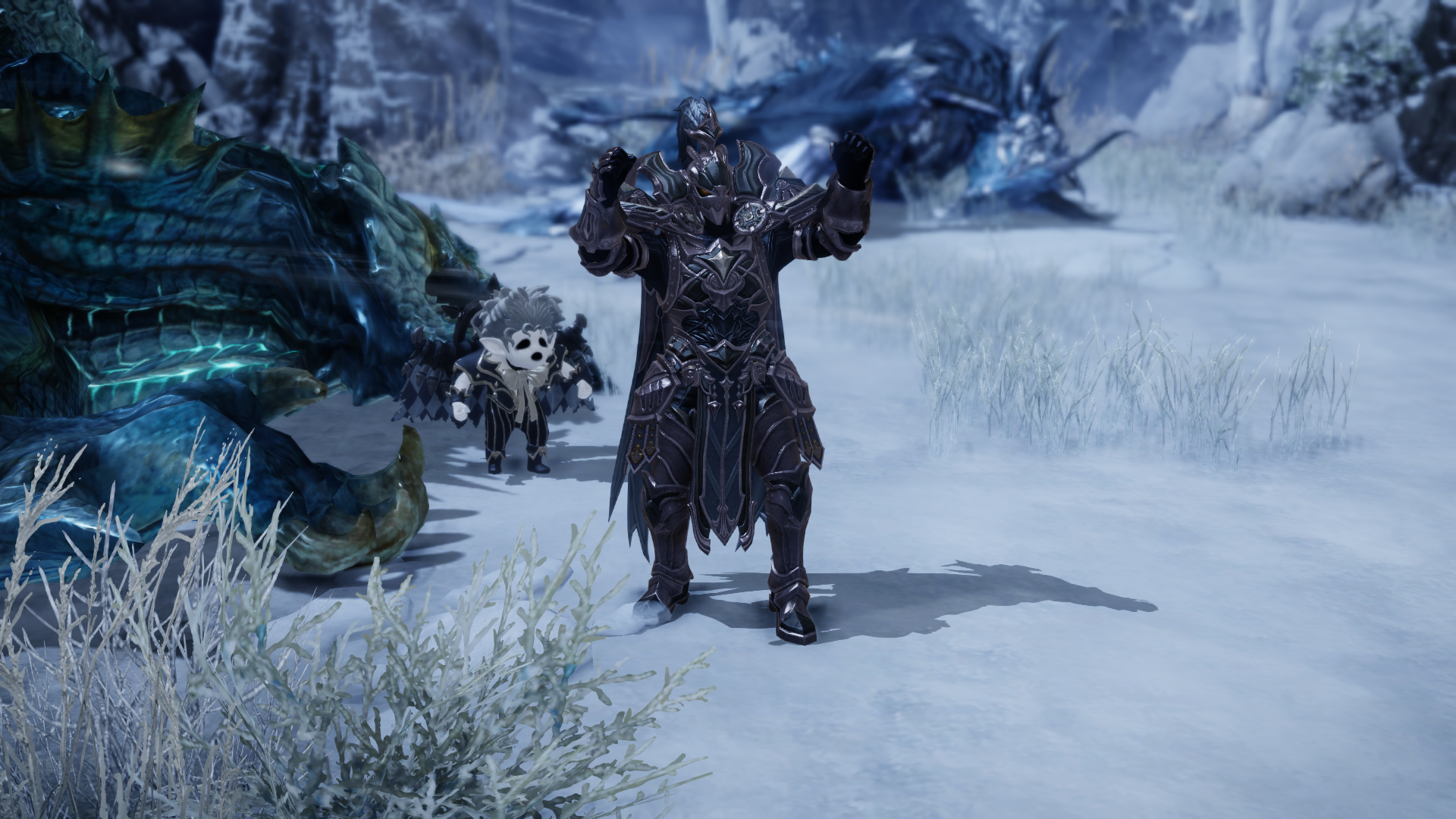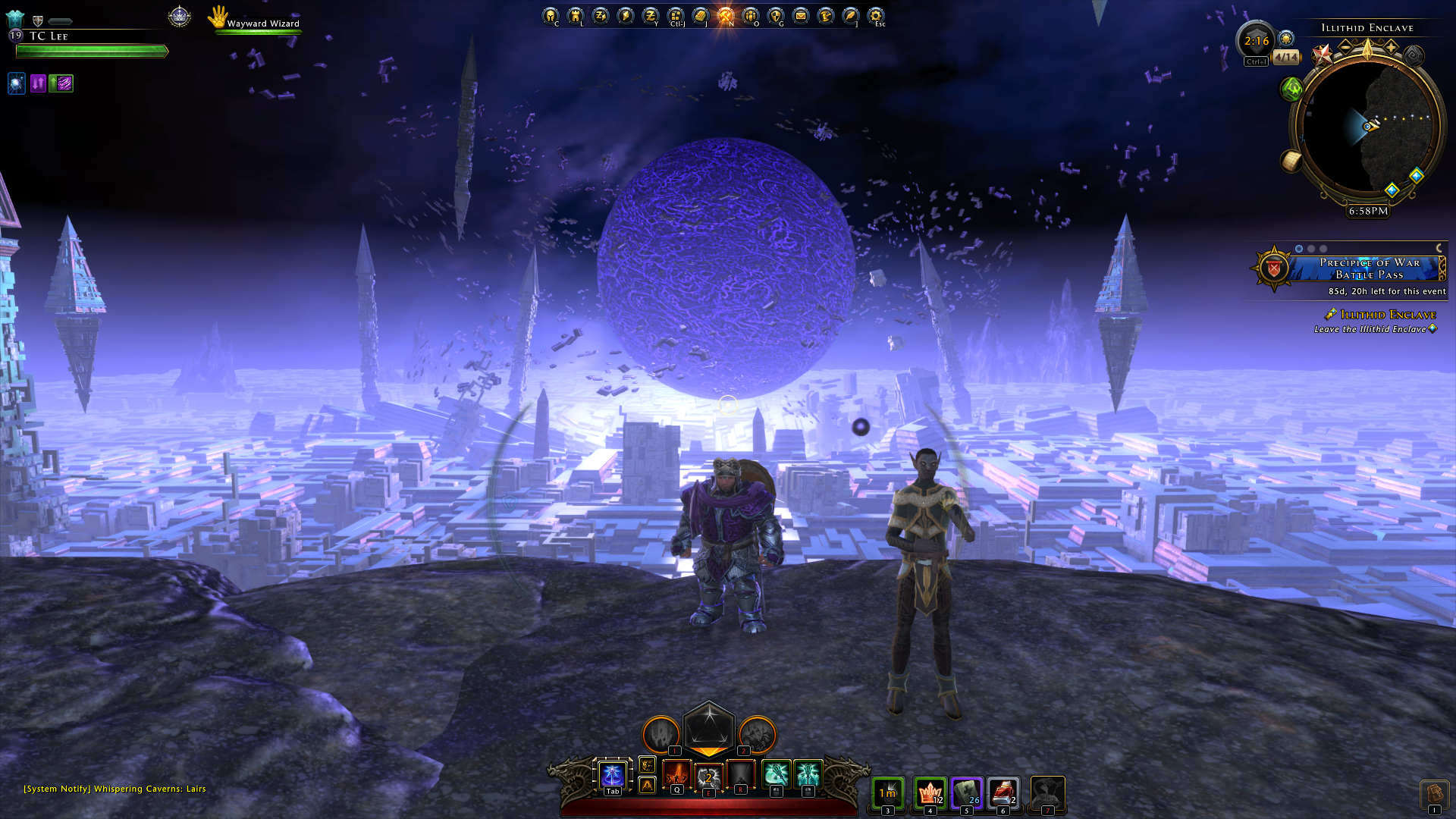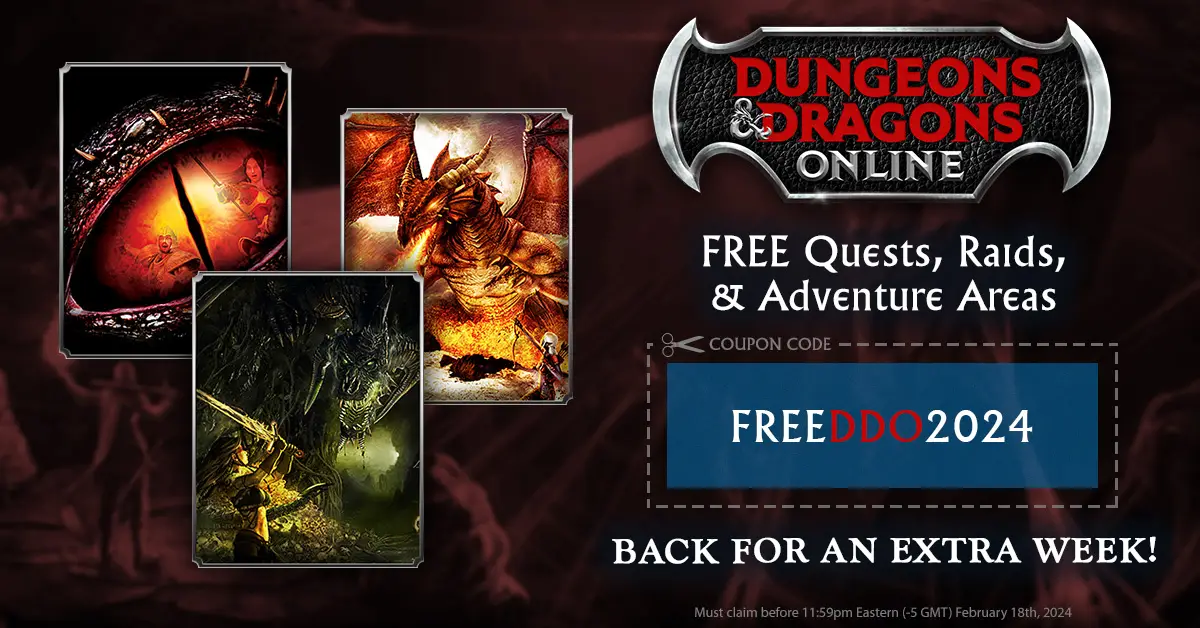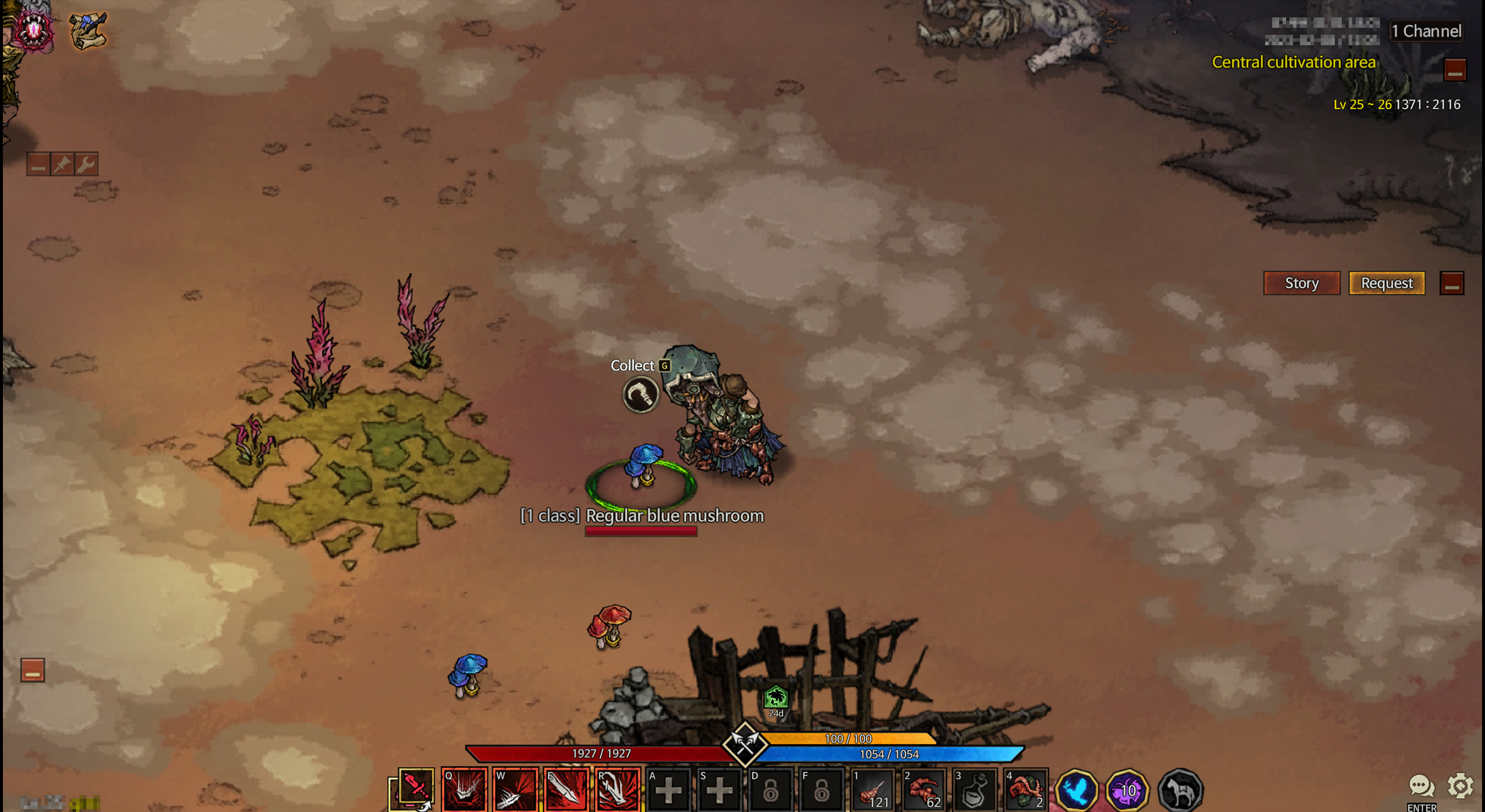The Ultimate Guide to Free To Play MMORPGs 2024
Welcome to the ultimate guide to Free-To-Play (F2P) MMORPGs, your comprehensive resource for diving into the expansive world of massively multiplayer online role-playing games without the immediate need for a financial commitment.
The landscape of F2P MMORPGs is vast and varied, encompassing a wide range of game mechanics, storylines, and monetization strategies. From games that are entirely free, supporting themselves through cosmetic in-game purchases, to those adopting a “freemium” model where the core game is free but enhanced features or content require a subscription or one-time purchase, there’s something for every type of gamer.
However, it’s essential to have an understanding of the different monetization models. While many F2P games provide a fair and engaging experience without spending a penny, others may lean towards a pay-to-win framework, where the depth of one’s wallet can significantly impact gameplay and competitiveness. This guide aims to demystify these models, offering insights into what you can enjoy for free and what might tempt you to open your wallet.
In this guide, you’ll discover a range of F2P MMORPGs, from genre-defining classics that have stood the test of time to innovative newcomers pushing the boundaries of what online worlds can be. Each game listed comes with a detailed overview of its gameplay, world, and community, alongside a clear explanation of its monetization approach and how it impacts the player experience.
So gear up, adventurer, and let’s embark on a journey through the rich and varied domain of Free-To-Play MMORPGs. Who knows what hidden gems and captivating adventures await you?
Table of Contents
- Lost Ark
- Guild Wars 2
- Albion Online
- Ravendawn
- Runescape
- EverQuest
- Star Wars The Old Republic
- Lord of the Rings Online
- Star Trek Online
- Neverwinter
- ArcheAge
- Wizard101
- Dungeons & Dragons Online
- Path of Exile
- Drakensang Online
- Mad World
- Allods Online
- Wurm Online
- Fiesta Online
- Inferna
- Trove
- Riders of Icarus
- AION Free-to-Play
Lost Ark
- Description: A visually stunning MMORPG with action-packed gameplay, Lost Ark offers a vast world filled with adventures and dungeons. It’s known for its intricate character customization, expansive skill system, and engaging PvE and PvP content.
- Popularity and Reception: Highly popular, especially in South Korea before its global release. Generally, it has received positive reviews for its gameplay mechanics and graphics.
- Payment Structure: Free-to-play with microtransactions, focusing on cosmetic items and some convenience features. It has faced criticism for some elements considered “pay-to-win” by the community.

Guild Wars 2
- Description: A standout for its narrative-driven world, dynamic event system, and action-oriented combat. Guild Wars 2 breaks from traditional MMORPG structures by emphasizing exploration, player choice, and a living world.
- Popularity and Reception: Highly popular and critically acclaimed for its innovative approach to MMORPG design, offering a vast amount of content without a subscription fee. It’s praised for its fairness in monetization and engaging gameplay.
- Payment Structure: Free-to-play for its core content, with major expansions available for purchase. The game is lauded for its cosmetic-only microtransactions and the lack of pay-to-win elements, focusing on player skill and exploration.
Runescape
- Description: With both Old School RuneScape (OSRS) and RuneScape 3 (RS3), this MMORPG boasts vast open worlds, deep skill systems, and an iconic questing experience. OSRS, in particular, is renowned for its nostalgic value and classic MMORPG feel.
- Popularity and Reception: Highly popular, with OSRS often cited for bringing players back with its retro appeal. Both versions are well-received for their depth and community engagement.
- Payment Structure: Free-to-play with optional premium memberships that grant access to more content. Generally not considered pay-to-win, focusing on enhancing the experience rather than providing competitive advantages.
Albion Online
- Description: Known for its fully player-driven economy, Albion Online features a classless system where equipment defines abilities. It promotes large-scale PvP battles and territorial control.
- Popularity and Reception: Has a dedicated player base, praised for its economic and PvP systems. Its hardcore nature and full-loot PvP might not appeal to everyone.
- Payment Structure: Free-to-play with optional premium subscriptions that offer progression boosts, but it maintains a balance to avoid pay-to-win scenarios.
Ravendawn
- Description: A relatively newer entry in the MMORPG genre, offering a mix of classic and modern MMORPG elements, including an open world, diverse classes, and a player-driven economy.
- Popularity and Reception: As a newer game, its community is growing. Initial impressions have been promising, but it lacks the extensive reviews of more established titles.
- Payment Structure: Free-to-play, with a focus on non-pay-to-win microtransactions.
- Referral Code: TC_Lee13
- Review: Honest Review of Ravendawn After 200+ Hours

EverQuest
- Description: One of the original MMORPGs, offering a vast world, deep lore, and a classic MMORPG experience. Known for its challenging gameplay and community-driven adventures.
- Popularity and Reception: Holds a place as a cult classic, with a dedicated though smaller player base. It’s respected for its impact on the genre but is considered dated by modern standards.
- Payment Structure: Offers a free-to-play model with limitations that can be lifted by subscriptions or purchases. The game’s structure is more traditional, with less emphasis on pay-to-win.
Lord of the Rings Online (LOTRO)
- Description: An MMORPG set in J.R.R. Tolkien’s Middle-earth, offering expansive lore, races, and classes inspired by the series. Known for its storytelling, community, and world design.
- Popularity and Reception: Holds a dedicated fan base, especially among fans of the lore. It’s generally well-regarded for its immersive world and narrative depth.
- Payment Structure: Free-to-play with microtransactions and an optional subscription. Some content is gated behind purchases, but it’s largely accessible without massive investment.
Star Trek Online
- Description: An MMORPG set in the Star Trek universe, allowing players to captain their own ship and explore the galaxy. Features both space and ground combat, with an emphasis on story-driven missions.
- Popularity and Reception: Has a niche but dedicated player base. Fans of the franchise appreciate the thematic content, though the game has faced critiques for its aging engine and complex UI.
- Payment Structure: Free-to-play with microtransactions and premium content. While it offers a lot for free, certain ships and items that can be purchased may offer advantages.
Star Wars The Old Republic
- Description: A narrative-driven MMORPG set in the Star Wars universe, offering class-specific storylines, voice acting, and the choice between the Galactic Republic and Sith Empire factions.
- Popularity and Reception: Popular among Star Wars fans, praised for its story content and immersive world. However, it has faced criticism for some gameplay and monetization decisions.
- Payment Structure: Free-to-play with optional subscriptions and microtransactions. The free tier has restrictions that can be lifted with purchases, leading to some pay-to-win concerns.
- Review: Should You Play SWTOR?

ArcheAge
- Description: An open-world sandbox MMORPG known for its player-driven economy, housing, and trading systems. ArcheAge also features naval warfare, crafting, and a unique class system combining different skill sets.
- Popularity and Reception: ArcheAge has a dedicated player base that appreciates its open-world freedom and sandbox elements. However, it has been criticized for its handling of microtransactions and instances of pay-to-win.
- Payment Structure: Free-to-play, but with a controversial history of microtransactions that have impacted its reputation. The introduction of ArcheAge: Unchained was an attempt to offer a less monetization-heavy experience, though it still requires a purchase.
Path of Exile
- Description: An action RPG with deep customization through its skill system and passive skill tree, offering dark and gritty gameplay reminiscent of the Diablo series. Known for its challenging content and regular updates.
- Popularity and Reception: Highly popular, with a strong community and positive reviews for its complex systems and fair monetization. Often praised as a model for free-to-play games.
- Payment Structure: Free-to-play with microtransactions focused on cosmetics and convenience, avoiding pay-to-win elements.
Wizard101
- Description: A family-friendly MMORPG set in a magical school, aimed at a younger audience. Features turn-based combat, spell casting, and a vibrant world to explore.
- Popularity and Reception: Maintains a loyal player base, especially among younger gamers. It’s praised for its charm and approachable gameplay but critiqued for its heavy monetization in later stages.
- Payment Structure: Free-to-play with a subscription model for access to most of the game content, alongside microtransactions. It leans towards “pay-for-content” rather than pay-to-win.
Neverwinter
- Description: A fantasy MMORPG set in the Dungeons & Dragons universe, offering engaging storylines, dungeons, and diverse classes. It’s known for its action-oriented combat.
- Popularity and Reception: Moderately popular with a solid player base. Reviews are generally positive, praising its lore and content but critiquing some monetization aspects.
- Payment Structure: Free-to-play with microtransactions and premium content. Some critiques revolve around its pay-to-win elements, especially concerning endgame content. It’s possible to get to the end game with free-to-play but it can take years.
- Review: Should You Play Neverwinter?

AION Free-to-Play
- Description: AION is a high-fantasy MMORPG that stands out for its engaging PvP and PvE content, enriched with unique flight mechanics and extensive character customization options.
- Popularity and Reception: It boasts a loyal player base, consistently praised for its impressive visuals and compelling gameplay mechanics. However, it faces criticism regarding its somewhat grindy nature, particularly in the endgame phases.
- Payment Structure: Operates on a free-to-play model, supplemented by an in-game shop. This shop offers cosmetics, convenience items, and progression boosts. The game strives to maintain a fair balance between free and paid content, minimizing pay-to-win concerns.
Drakensang Online
- Description: A fantasy-themed MMORPG with a focus on action-oriented combat, offering a rich world to explore and frequent updates. It draws comparisons to the Diablo series in gameplay style.
- Popularity and Reception: Moderately popular, with a dedicated player base. It’s appreciated for its accessible gameplay but critiqued for repetitive content and monetization practices.
- Payment Structure: Free-to-play with microtransactions, some of which can provide significant advantages, leading to pay-to-win concerns among the community.
Allods Online
- Description: A fantasy MMORPG featuring space exploration with “Astrals” ships, alongside traditional questing and PvP. Known for its unique setting and high production values.
- Popularity and Reception: Has a dedicated community, with mixed reviews regarding its monetization practices. It’s praised for its world and aesthetics but critiqued for aggressive microtransactions in the past.
- Payment Structure: Free-to-play, but its history includes pay-to-win controversies, particularly regarding items that significantly impact gameplay.
Dungeons & Dragons Online (DDO)
- Description: Based on the D&D tabletop game, this MMORPG focuses on dungeon crawling, character customization, and party-based adventures. Offers a unique instance-based approach to questing.
- Popularity and Reception: Has a niche audience, praised for its faithful adaptation of D&D mechanics and cooperative gameplay. However, it’s considered niche and complex for newcomers.
- Payment Structure: Free-to-play with microtransactions for additional content and quality-of-life features. While not overtly pay-to-win, access to certain dungeons and classes requires purchase. Regular yearly limited time codes available to all players to unlock additional free dungeons.

Wurm Online
- Description: A sandbox MMORPG known for its deep crafting system, terraforming capabilities, and open-world exploration. Offers a unique experience where players shape the world around them.
- Popularity and Reception: Has a niche audience appreciative of its sandbox and crafting elements. Its steep learning curve and dated graphics can be barriers to entry for new players.
- Payment Structure: Free-to-play with premium options for full access to skills and abilities. It maintains a balance that allows enjoyable gameplay without mandatory payments.
Fiesta Online
- Description: A colorful, anime-style MMORPG known for its vibrant world, community events, and class-based system. It focuses on social interactions, guild wars, and PvE content.
- Popularity and Reception: Has a loyal but smaller player base, appreciated for its charming aesthetic and community-driven activities. Critiques often mention its dated mechanics and heavy monetization.
- Payment Structure: Free-to-play, but it has faced criticism for its microtransactions, which can heavily influence progression and competitive play.
Inferna
- Description: A newer MMORPG with a focus on PvP and PvE content, offering multiple classes and a fantasy world to explore. It aims to blend traditional MMORPG elements with modern gameplay.
- Popularity and Reception: As a newer title, it’s still building its player base and reputation. Early impressions suggest a balanced approach, but comprehensive reviews are limited.
- Payment Structure: Advertises a non-pay-to-win model, focusing on free-to-play accessibility with optional purchases for cosmetics and convenience.
Mad World
- Description: An HTML5-based MMORPG with a unique, dark art style and a focus on cross-platform playability, including PCs and mobile devices. It emphasizes a grim world affected by madness and monsters.
- Popularity and Reception: As an indie title, it’s gaining attention for its accessibility and art style. However, being relatively new, comprehensive reviews and player feedback are limited but also quite negative.
- Payment Structure: Aimed to be free-to-play, with plans for non-intrusive microtransactions focused on cosmetics and convenience, avoiding pay-to-win mechanics.

Trove
- Description: A voxel-based adventure MMORPG that combines elements of action, adventure, and crafting in a colorful, blocky universe. Players can explore, build, and fight in various worlds, each with unique themes and challenges.
- Popularity and Reception: Trove is popular among players looking for a casual and creative MMORPG experience, praised for its accessible gameplay and community aspects. However, it’s critiqued for repetitive gameplay and monetization impacts.
- Payment Structure: Free-to-play with microtransactions for cosmetics, convenience items, and premium currencies. The game aims to maintain a balance, offering a substantial amount of content without requiring payments.
Riders of Icarus
- Description: An MMORPG that focuses on capturing and taming a wide variety of creatures, including flying mounts. The game features a mix of ground and aerial combat, offering a unique twist on traditional MMORPG exploration and battles.
- Popularity and Reception: Moderately popular with a niche audience, Riders of Icarus is appreciated for its mount system and visuals. However, it has received criticism for its grindy nature and monetization practices.
- Payment Structure: Free-to-play with microtransactions that include pay-to-win elements, especially concerning the enhancement of mounts and gear.

